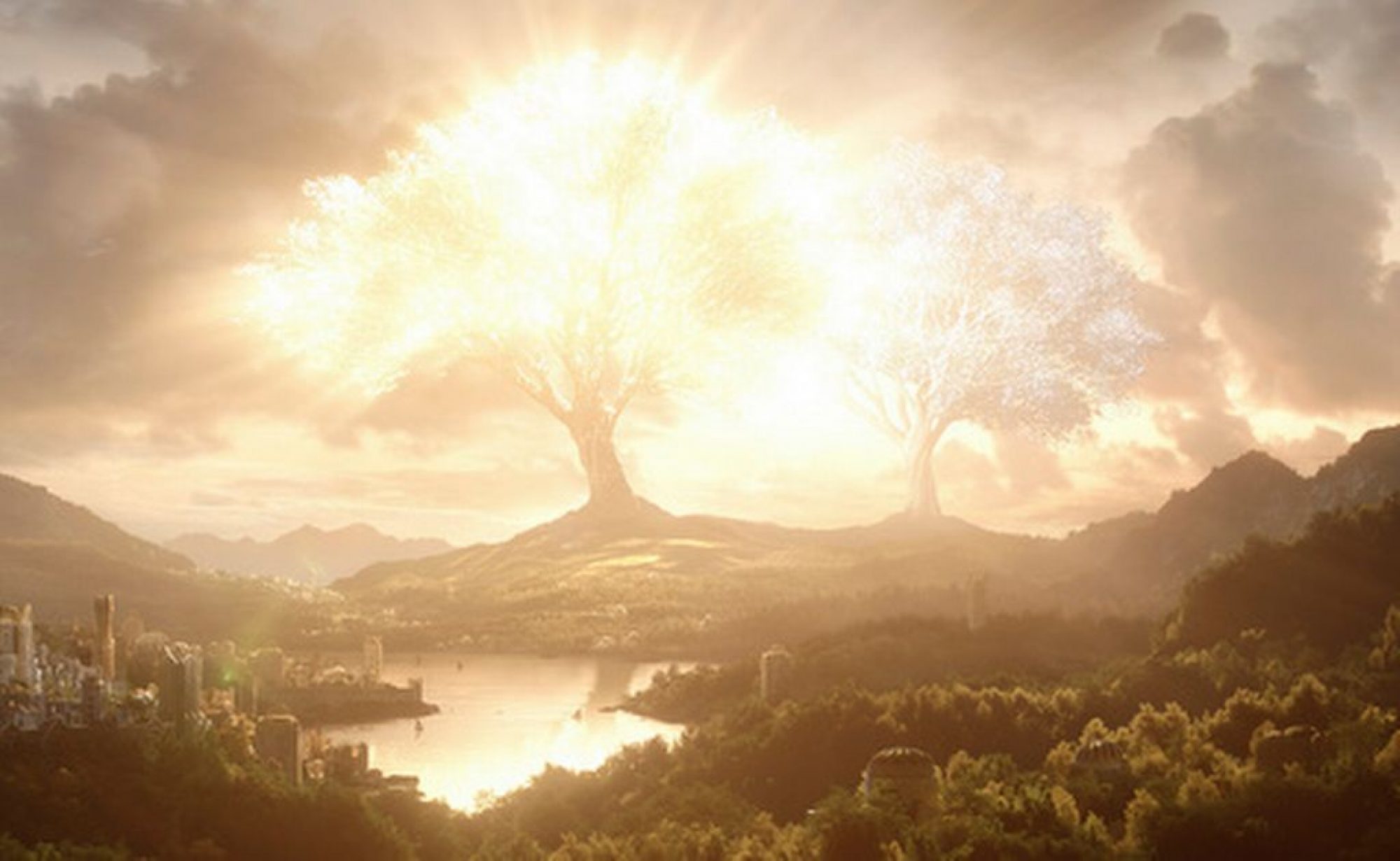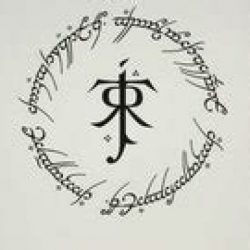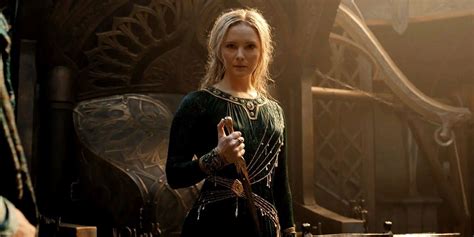One of the most frequently asked questions in the Tolkien fandom is, how did the Ents come to be? The Eldar and Edain (Elves and Men) were created by Illuvatar, AKA God, and the dwarves were created by the Vala Aule in secret, but when were the Ents made? The answer is found in the Silmarillion, Of Aule and Yavanna.
After the dwarves had beeen made but before the Children of Illuvatar had come to Arda, Yavanna began to fear for the kelvar and olvar (plants and animals), that the Children of Illuvatar would slay them without pity. So she went to Manwe, king of the Valar, who spoke to Illuvatar. And Illuvatar heard Yavanna’s prayers, and told her that when the Elves are in their prime, and Men are yet young, trees would awaken, and be shepherds of the forest. And to Manwe was promised that there would be great Eagles to roam the skies, and to aid the Free Peoples of Middle earth when the need was most dire.
The Ents and Eagles are one and the same, simply different in form. They are not Maiar, though may be a lesser form of Ainu, though this cannot be confirmed. They are spirits subservient to the Ainur, and dwell amongst the Free Peoples, if only in isolation.
I’m sorry today’s article was quite short, but a lot of people have been asking me about this, so I thought I’d clear it up. I’ll be back with something long soon, maybe an essay on allegory?


